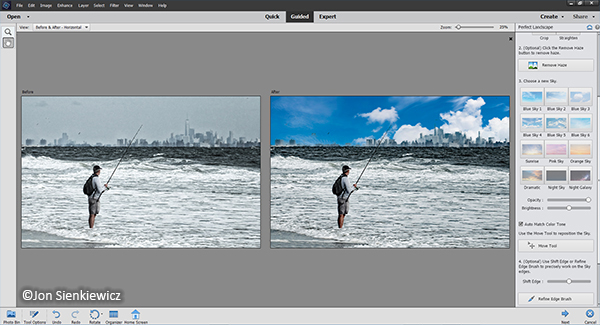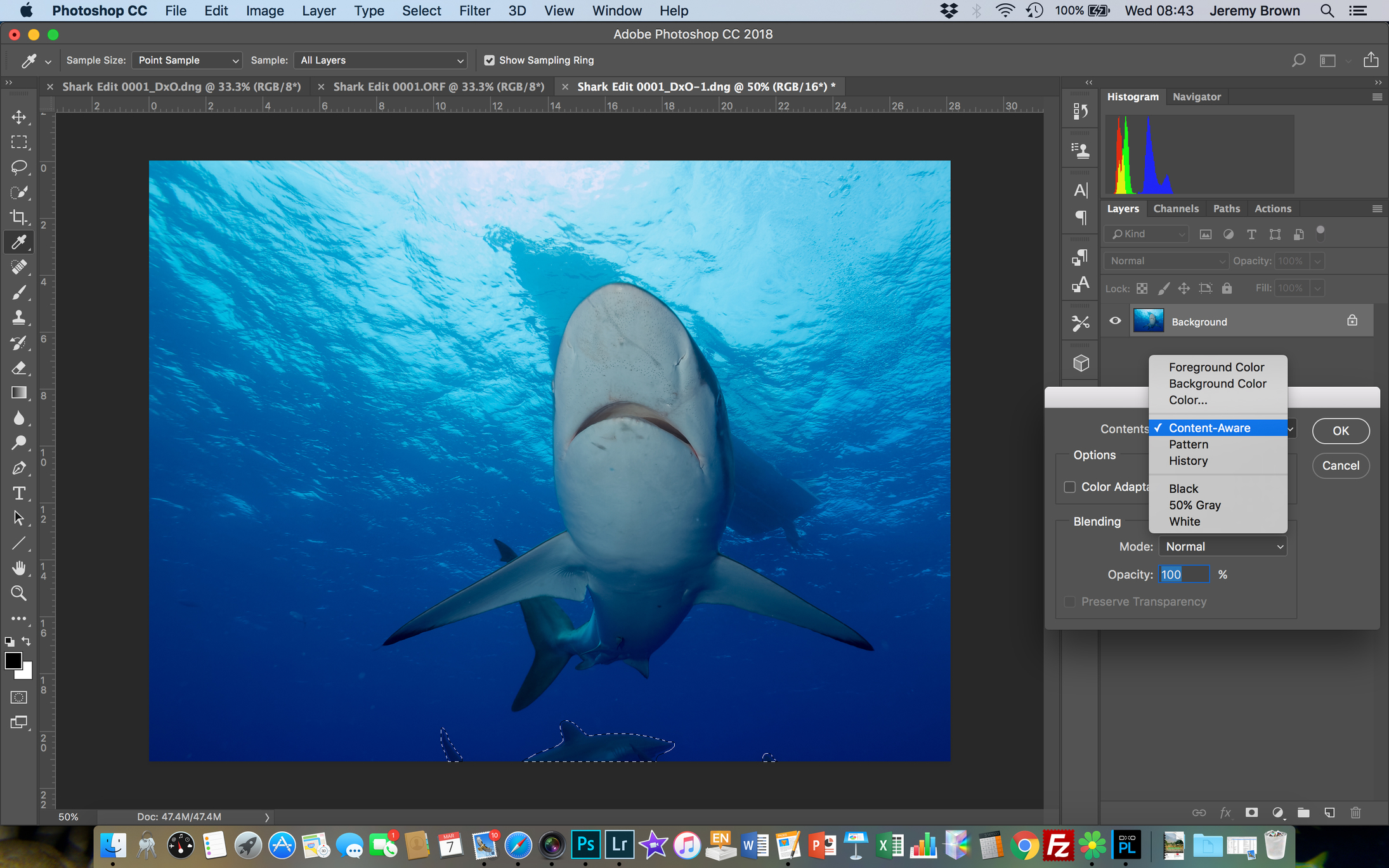

Photoshop CC assumes that you’ll use Lightroom or some other method to manage your libraries. In the Expert mode, which is the closest to Photoshop CC’s normal working mode, you get features such as layers, masking and the host of common Photoshop tools.įor photographers looking to manage their images, Elements includes the Organizer, a way to collect, tag and find shots within a central library. The Guided Edit view, redesigned in Photoshop Elements 14, steps you through the actions needed to make adjustments, or perform edits such as restoring old photos or changing the perceived depth of field. You can then fine tune the adjustment, or alternately click Auto to let the application do the correction. The Quick Edit view presents several common adjustment types (exposure, color, sharpen) using visual previews: click the thumbnail that looks best. Photoshop Elements, on the other hand, includes modes that walk you through many operations depending on your skill level.
#ADOBE PHOTOSHOP ELEMENTS VS ADOBE PHOTOSHOP HOW TO#
Photoshop CC assumes you either know how to use its features, or you’re going to look elsewhere to learn all of its ins and outs.

Whereas Photoshop CC is a vault of features you can pick and choose from as you need them, Photoshop Elements includes modes that walk you through many operations, depending on your skill level. That’s a broad brush to apply, I admit, and you’ll find plenty of exceptions within the Photoshop orbits: advanced editors who don’t need all of Photoshop CC’s features (or cost), people of varying skill levels who need specific tools found only in Photoshop CC and so on.īut taking a look at which features are present in each application reveals a lot about which markets Adobe is targeting. Photoshop CC users tend to be intermediate-to-advanced image editors, with a high concentration of professionals such as high-end photo retouchers, advertising agencies, Hollywood studios and the like. Photoshop Elements has also found a home among scrapbookers, teachers and people who need to create posters and other materials without becoming image-editing experts.

If everyone thinks they need plain Photoshop, how do you determine which application is actually a good fit? In general, Photoshop Elements appeals to customers who are just starting out or who have an intermediate level of experience editing photos.Īdobe has incorporated features that walk users through steps to correct, retouch and create novel effects on their photos some of those features save a lot of time compared to getting the same results in Photoshop CC. Originally designed as a “Photoshop Lite,” Elements is now nearly as capable as its older sibling, especially for most general-purpose photo editing. That’s why Adobe also sells Photoshop Elements. How many times have you heard someone say they need Photoshop to edit photos? Perhaps because it was first, or because talented artists have done amazing things with it over the years, Adobe Photoshop has become synonymous in many people’s minds with manipulating digital photos.Īnd yet, Photoshop is one of the biggest iceberg applications out there: Most people, even many experts, use only a small percentage of what Photoshop is capable of.


 0 kommentar(er)
0 kommentar(er)
